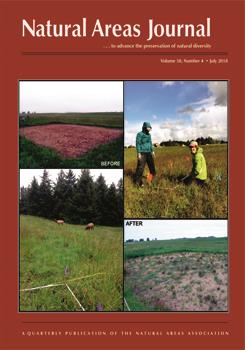Publicly owned lands designated as parks can be important tools for biodiversity conservation. In the U.S., state parks are afforded direct protection from localized development pressures, which may help to protect small, ecologically significant ecosystems such as isolated and ephemeral wetlands and headwater streams. We used the South Carolina State Park system as a case study to examine the structural and functional differences between small wetlands located inside vs. outside of parks in the Piedmont and Blue Ridge ecoregions in order to evaluate the efficacy of a small-scale conservation framework for protecting small, under-protected freshwater ecosystems. We evaluated data relating to water quality, wetland structure, and biodiversity parameters collected between January 2010 and June 2011. Our results indicated marked differences between park and non-park wetlands, with park wetlands having shallower depths, higher abundances of sensitive benthic macroinvertebrate taxa, and lower average tolerance values consistent with more sensitive macroinvertebrate species and higher water quality. These findings demonstrate that state parks can serve to protect freshwater ecosystems and biodiversity. State parks, thus, represent a preexisting network of protected areas to aid in the protection of localized habitats, such as small isolated and ephemeral wetlands, that may not otherwise receive the conservation protection warranted by their ecological function.
How to translate text using browser tools
1 July 2018
Small Parks as Local Social–Ecological Systems Contributing to Conservation of Small Isolated and Ephemeral Wetlands
Amber L. Pitt,
Joanna Hawley Howard,
Robert F. Baldwin,
Elizabeth D. Baldwin,
Bryan L. Brown
ACCESS THE FULL ARTICLE

Natural Areas Journal
Vol. 38 • No. 4
July 2018
Vol. 38 • No. 4
July 2018
amphibians
aquatic biodiversity conservation
invertebrates
parks
Wetlands




